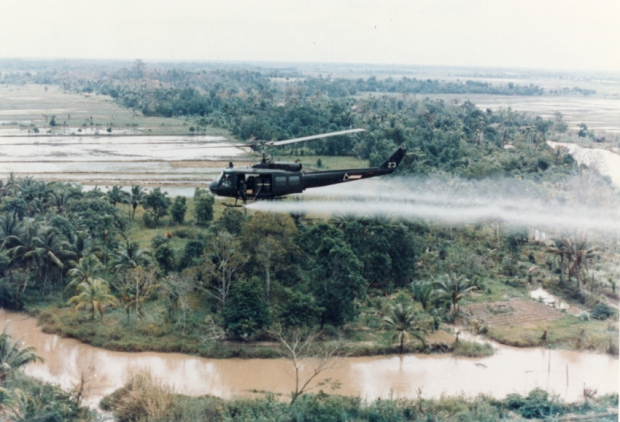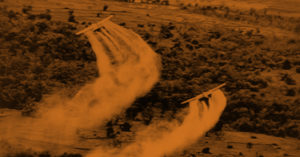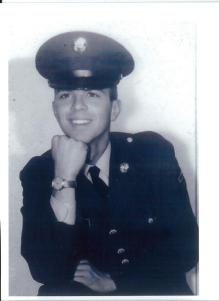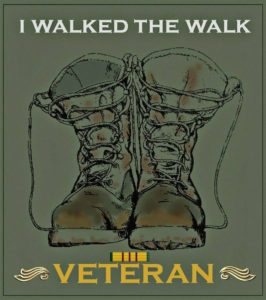
U.S. Army Huey helicopter spraying Agent Orange over Vietnamese agricultural land.
August 10, 1961 marked the start of the aerial spraying of Agent Orange during the Vietnam War. Defoliant tests began on that fateful day in the Kontom Province of Vietnam.
Agent Orange was one of the color-coded herbicides and chemical defoliants used by U.S. forces to kill vegetation, crops, and trees in order to deplete resources and cover for enemy forces. It was prominently produced and manufactured by Dow Chemical, Monsanto, and other chemical companies as part of the U.S. military herbicidal warfare program. It was the unique way it was shipped – in gigantic orange striped barrels, that gave it the popular name – Agent Orange.
Inspired by Britain’s use of herbicides during their conflict in Malaysia, President Kennedy signed off on “Operation Ranch Hand.” The goal of the military program was to deplete rural and forested land to deprive the enemy of food and shelter, and expose enemy bases in sensitive areas. Operation Ranch Hand also forced countryside civilians to flee to U.S.-occupied cities, curtailing any support the enemy could receive. Operation Ranch Hand was officially initiated in January of 1962.

Commemorative scarf given to participants of “Operation Ranch Hand,” a military program that involved spraying herbicides in Vietnam to deplete vegetation and land that gave support to enemy forces. The item was left at The Wall in 1993.
The U.S. government sprayed some 20 million gallons of herbicides and defoliants between 1961 and 1971.. The spraying of Agent Orange reached its peak from 1967 to 1969. Spray runs were most commonly conducted by way of helicopter or low-flying C-123 providers.
 The human toll of Agent Orange, aside from the agricultural effects, has been tremendous. Millions of Vietnamese civilians and a number of U.S. service members who came in contact with the chemical would battle illnesses attributed to it. Agent Orange exposure has been linked to cancers and other fatal diseases.. Hodgkin’s Disease, Parkinson’s Disease, and Prostate Cancer are just three examples of diseases recognized by the Department of Veterans Affairs.
The human toll of Agent Orange, aside from the agricultural effects, has been tremendous. Millions of Vietnamese civilians and a number of U.S. service members who came in contact with the chemical would battle illnesses attributed to it. Agent Orange exposure has been linked to cancers and other fatal diseases.. Hodgkin’s Disease, Parkinson’s Disease, and Prostate Cancer are just three examples of diseases recognized by the Department of Veterans Affairs.
Anthony Benner is just one Vietnam veteran whose life was cut short. Anthony enlisted in the U.S. Air Force in 1964 and served until 1975, surviving tours in Vietnam and Germany. After returning to his home state of Texas, Benner married, raised a family, and earned an accounting degree from Park University. He lived to see his five daughters grow up and 11 grandchildren born. When he died on September 16, 2015 “Pancreatic cancer” and “Agent Orange Exposure” were listed on his death certificate.
However, Agent Orange doesn’t always manifest as a cancerous disease.

Frank Nowicki of Manchester, Connecticut, who passed away in 2015 to Agent Orange related illnesses.
Frank Nowicki of Connecticut died unexpectedly of respiratory arrest on May 5, 2015. After serving in Vietnam as a Spec. 4 from 1967 to 1968, Frank attended the University of Hartford, where he received a degree in Electrical Engineering. He went on to work for aerospace manufacturer Pratt and Whitney, and was close with his large family of five sisters, including his twin, Elaine.
Both veterans are honored through VVMF’s In Memory program that recognizes veterans who succumbed to illnesses related to their service. More than 2,800 veterans are remembered in the program’s online memorial.
The effects of Agent Orange are still being felt today, in Vietnam and in America’s backyard. Additional efforts are being fostered to help the victims of Agent Orange, and further scientific and medical research relating to dioxin-related ailments.
If you would like to honor a Vietnam veteran who passed away as a result of their service, through VVMF’s In Memory Program, fill out an application HERE.
Contributing writer Sophie Ota for VVMF ~ August 31, 2016.
Editor’s NOTE: For all of my Brother’s and Sister’s who served “in Country” – I would strongly URGE you to click on this link VVMF – and read all of the comments left by both survivors and their families. ALSO – Read MORE on Agent Orange ~ J.B./Editor
 FAIR USE NOTICE: This site contains copyrighted material the use of which has not always been specifically authorized by the copyright owner. We are making such material available in our efforts to advance understanding of environmental, political, human rights, economic, democracy, scientific, and social justice issues, etc. We believe this constitutes a ‘fair use’ of any such copyrighted material as provided for in section 107 of the US Copyright Law. In accordance with Title 17 U. S. C. Section 107, the material on this site is distributed without profit to those who have expressed a prior interest in receiving the included information for research and educational purposes. For more information go to: http://www.law.cornell.edu/uscode/17/107.shtml“
FAIR USE NOTICE: This site contains copyrighted material the use of which has not always been specifically authorized by the copyright owner. We are making such material available in our efforts to advance understanding of environmental, political, human rights, economic, democracy, scientific, and social justice issues, etc. We believe this constitutes a ‘fair use’ of any such copyrighted material as provided for in section 107 of the US Copyright Law. In accordance with Title 17 U. S. C. Section 107, the material on this site is distributed without profit to those who have expressed a prior interest in receiving the included information for research and educational purposes. For more information go to: http://www.law.cornell.edu/uscode/17/107.shtml“
